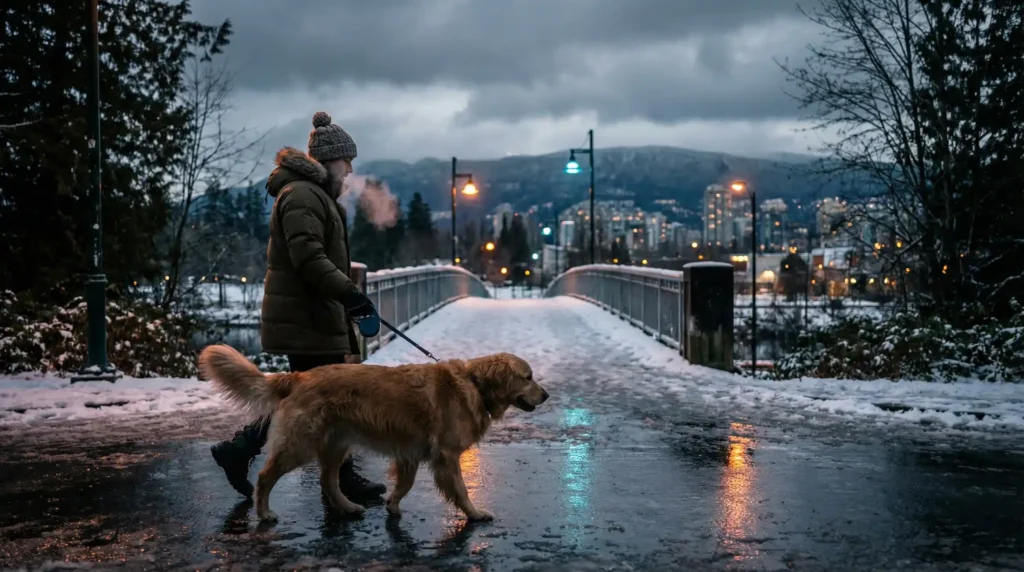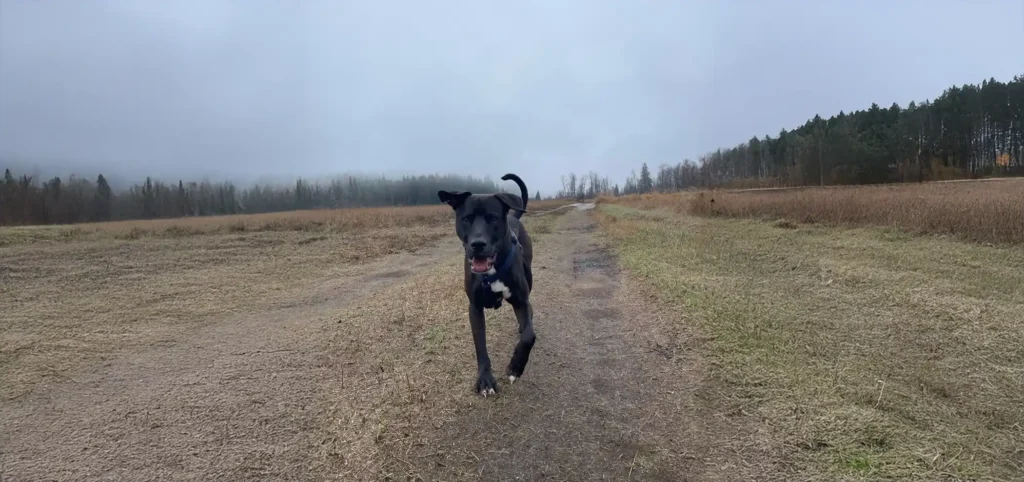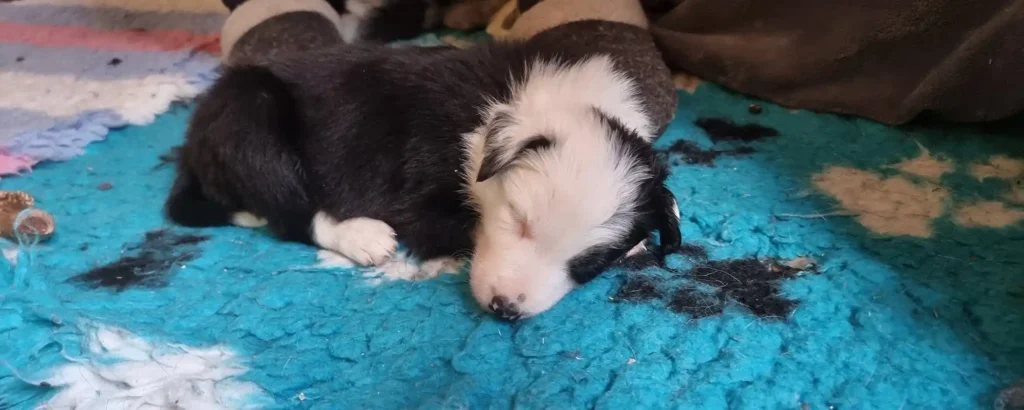SAY HI!
Most of us share our life with our dog in an urban world, one where the opportunity for social encounters are daily. For many dogs, especially puppies, the chance to greet another dog or person is highly rewarding and potentially very exciting.
The Caution of On-Leash Greetings
In general, I am very cautious about on-leash greetings. There is a high potential for the interaction to end poorly with a snark or – worse – a bite. A tight leash creates frustration and excitement; and a lack of structure and leadership within the greeting creates potential anxiety. This leaves both parties with a negative experience that has the risk of transferring into the next interaction.
Teaching Greetings in Puppy Class
That said, I am a fan of teaching greetings in puppy class (because puppies will likely greet many humans and dogs in their first year) and if done properly with the right dog, many adult dogs can also have appropriate greetings throughout their lives. The skills I teach also transfer to off-leash “sniff-and-gos” as well – which are very likely to happen if you let your dog off leash!
Four Basic Rules for a Good Greeting
There are four basic rules to a good greeting.
- A loose leash BEFORE the encounter
- Put the greeting ON a cue
- Keep the greeting to TWO seconds
- End the greeting on a LOOSE leash
Breaking Down the Rules
Let’s break this all down. Train the steps outside of the greeting context and then put it all together, preferably with a human to start.
Rule #1: The Importance of a Loose Leash
Why a loose leash before the greeting? Rule #1 is simple: a tight leash instantly creates excitement (stress) and possibly frustration to get to the other dog/human. This does not put your dog in the right frame of mind for a nice interaction. By getting your dog into a sit at your side and holding that sit, you immediately create a loose leash. This sit needs to be worked on daily! Can your dog sit at your side with a person or dog walking by? Can they sit at your side at the street curb, or while you are talking to a neighbour? If not, there is homework to do. Bring treats with you and practice this with a high rate of reinforcement (say, 3 to 5 treats per sit). This creates a nice reinforcement zone for your dog. And being at your side, rather than out in front of you on a tight leash, creates teamwork.
Rule #2: Putting the Greeting on a Cue
Because the greeting is reinforcing to a dog, rule #2 is: put it on a cue. The cue itself becomes a marker (reinforcing the behaviour before it) and makes it clear to the dog WHEN they get to greet and get access to reinforcement. A common cue is “SAY Hi!” This step is easy to teach. Once you have that nice sit at your side, say the cue first, pause, and then step in with your dog toward the other dog or human. Keep the leash loose and please, no treats in your hand. As your dog goes in for a greeting, you can step back to allow the interaction.
Rule #3: Keeping Greetings Short
While greetings are fun, we need to keep them short. Rule #3: keep the interaction to two seconds (I will allow three seconds if both parties are calm). Mentally say your one-one thousand, two one-thousand, and then out! We keep greetings short to keep the excitement from building. Basically, you are ending on a sniff and nothing bad happens on a sniff.
Rule #4: Ending on a Loose Leash
The greeting needs to end on a loose leash, which leads us to rule #4: train either a strong name response or a good nose touch. For me, the nose touch is golden because I can use it to refocus my dog back to me in many situations, and to make a physical connection. I am basically asking my dog to do a nose target to the palm of my hand. There are many YouTube examples of how to teach a good touch. McCann Dogs is my favourite. And dogs love this exercise – it is a great trick. To get it to hold up under the excitement of a greeting, it will take a lot of practice – aim for 10 to 25 times a day, building a strong reinforcement history.
Examples of Successful Greetings
Consider this beautiful greetings from past puppy classes as fantastic examples of all four steps:
By creating structure around the greeting with these four steps, your dog will know what to expect. Clarity creates calmness. You can repeat the greeting several times with the same dog or person if it is going well, to get the repetition your dog needs to master this life skill.


